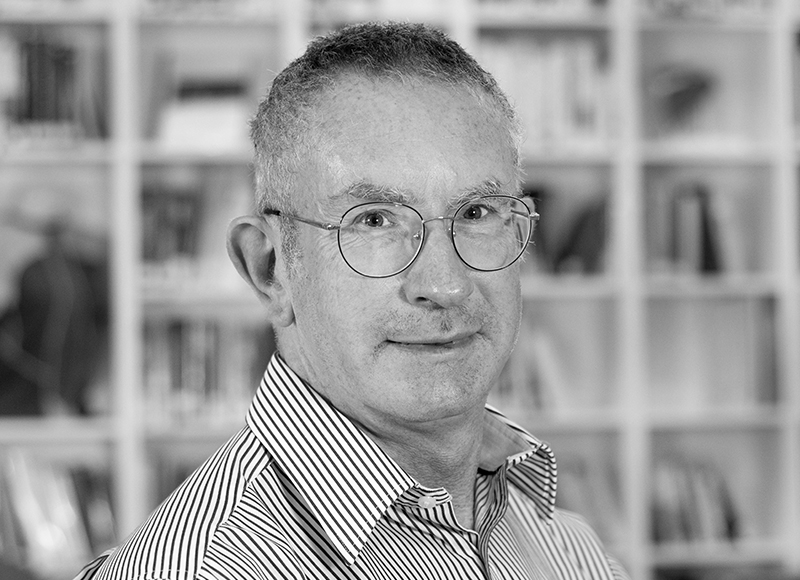Blog:
Why people are not following COVID-19 social distancing advice: a behavioural scientist’s view
Why, in the face of the most severe global pandemic in living memory, are people not following this advice?...... →
For general enquiries please contact us on
+44 1223 248888
enquiries2025@innoviatech.com
St Andrew's House, St Andrew's Road
Cambridge CB4 1DL United Kingdom
FIND US
How can well-targeted innovation can help to improve the ways we respond to this crisis...
2nd April 2020
We live in unprecedented times. The COVID-19 crisis is putting us all under great personal and professional pressure and causing us to re-think long-held assumptions. This article suggests how well-targeted innovation can help to improve the ways we respond.
There are three major reasons why the crisis is causing such enormous upheaval:
In all this chaos and change, the skills of innovation become paramount. These include:
These help us to navigate challenges in the domains of organisation, safety, logistics, relationships, technology, society, and the economy. Today we face many or all of these at the same time.
Innovation – radical and super-fast innovation – is needed to address these challenges. These challenges are not just linear extrapolations from our normal ones, they are more complex and more multi-domain.
The key to addressing complex, multi-domain challenges is to focus on the innovation process. That’s hard when you’re under pressure, but it is critical in order to save time and find solutions that work. I’m going to cover the part most people find hardest in a crisis: understanding the problem that you need to solve.
I’ve chosen a stark example from recent personal experience. Most of us probably know about the “ventilator problem”: not enough of them for hospital Intensive Care Units (ICUs). Recently, an Innovia colleague and I joined a hackathon on the web to address the problem.
What we heard is that there are plenty of lower-tech ventilators in hospitals, but they don’t trap the air breathed out and aerosolised – that’s an infection threat to the health workers. We thought that a solution might be a fairly simple tubing, mask, and valve solution.
Meanwhile, we’d contacted medic friends, and within a few hours got through to the head anaesthetist at the local hospital – anaesthetists run the ventilators. He told us that the more sophisticated functions of the scarce machines (such as precise pressure and volume regulation) were vital to handling the severity of COVID-19 pneumonia. So, the hackathon had fed us the wrong problem: we were focusing on the infection risk rather than routes to simplified manufacture of very specific functionalities. But at least we found out quickly. More about this later…
But let’s now switch scene to two different people in Oxford and London tackling the ventilator challenge at the same time as us: but this time one is a Professor of Anaesthesiology. It’s a brilliant story of right-sized, super-fast multi-disciplinary innovation, which you can read in full here: https://theface.com/life/oxvent-prototype-ventilator-health-nhs-covid-19. Crucially, these two knew the problem inside-out. They also had teams with multiple skills, and drew up well-considered constraints. For example, they knew what kinds of tubing, valves, airbags, and so on were routinely available in hospitals.
Due to their contextual expertise, they also knew which orthodoxies to jettison, so they replicated only the COVID-19–critical functions of more costly ventilators. Their design can be produced by unskilled people at a tenth of the cost and a tenth of the time of the scarce ventilators. Inspirational!
Let’s pull out the lessons:
To return to Cambridge, and my colleague and me: what else had that weekend taught us?
First, that there is huge untapped innovation skill and energy, in universities, R&D departments, and living rooms, wanting to help with COVID-19 – which will go to waste if it’s not properly harnessed. Second, this highlighted a bigger problem-definition challenge from the pandemic: how to connect this vast resource productively to the right problems.
As a result, by Monday morning Innovia had created an outline plan to form an innovation hub, to channel our innovation capability together with the communities’ resources. We’ll see if we can get traction with this.
I’ll leave you with a final thought. We are living in challenging times, and the old adage has never been more appropriate: “necessity is the mother of invention”.

I’m a physicist and co-founder of Innovia, and I’ve been inspired and educated by smart clients and colleagues for over 30 years. I can’t stop innovating, especially at home, and I drive my family nuts.